Tuscan gardens are perfect for those who want a little bit of Mediterranean-style plants for their home. You can get plants native to the area, including plants native to Italy, Spain, France, and Greece.
However, any plants reflecting the Tuscan theme can be used. Look for flowers with bold colors, plants with climbing growth, and herbs or ornamental grasses for the perfect Tuscan garden. We've researched the Mediterranean region and have gathered some great types of plants for this fantastic garden style.
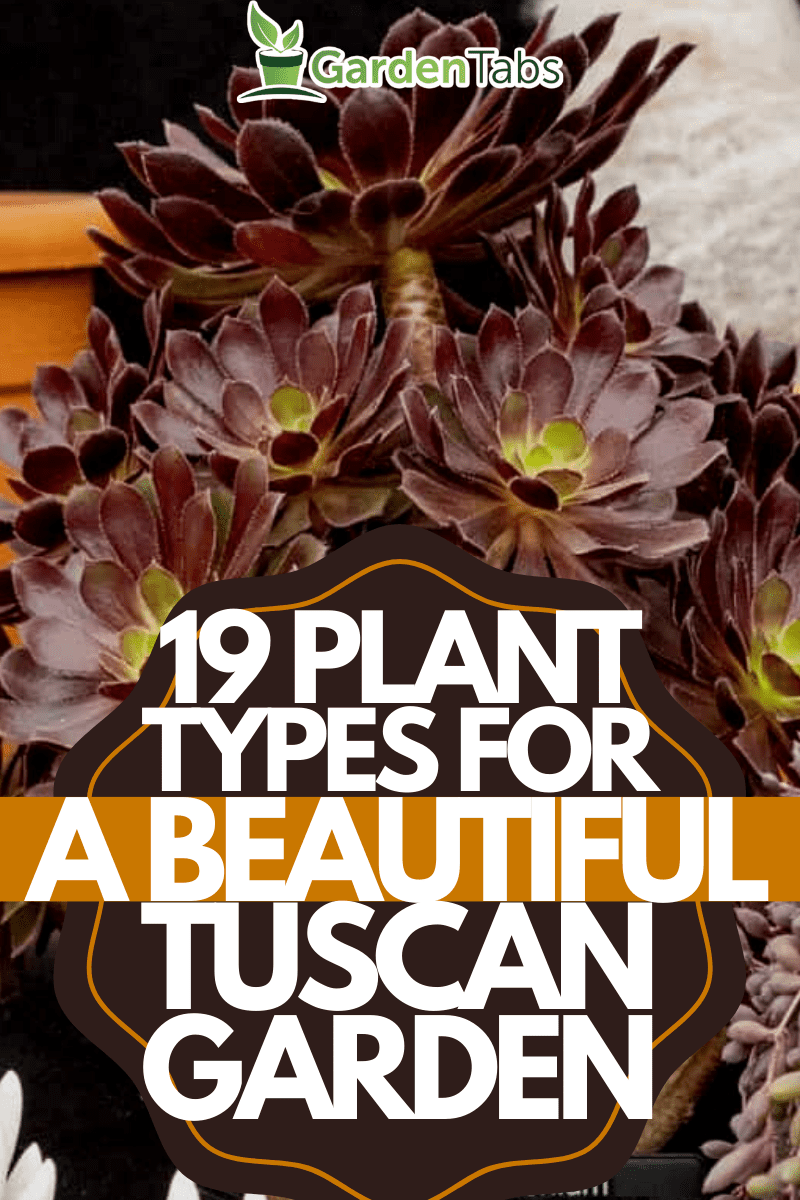
1. Bear's Breeches (Acanthus spinosus)

The bear's breeches plant is a perennial that is native to Europe. These plants are well suited for USDA Hardiness Zones 7a through 10b. This clumping plant will grow between three and four feet tall. You should look for pink, purple, red, or white spiked blooms in the spring and summer.
2. Aeonium/Tree Houseleek (Aeonium)

Aeonium plants prefer areas with mild winters and a dry climate. If you live in a place colder than USDA Hardiness Zones 9a through 11b, you will need to bring your aeonium in for the winter.
These plants can grow between three inches and three feet tall. Aeonium can come in many different colors. You can find the fleshy, waxy leaves in shades of yellow, green, pink, purple, red, white, and variegated.
3. Lily Of The Nile (Agapanthus)
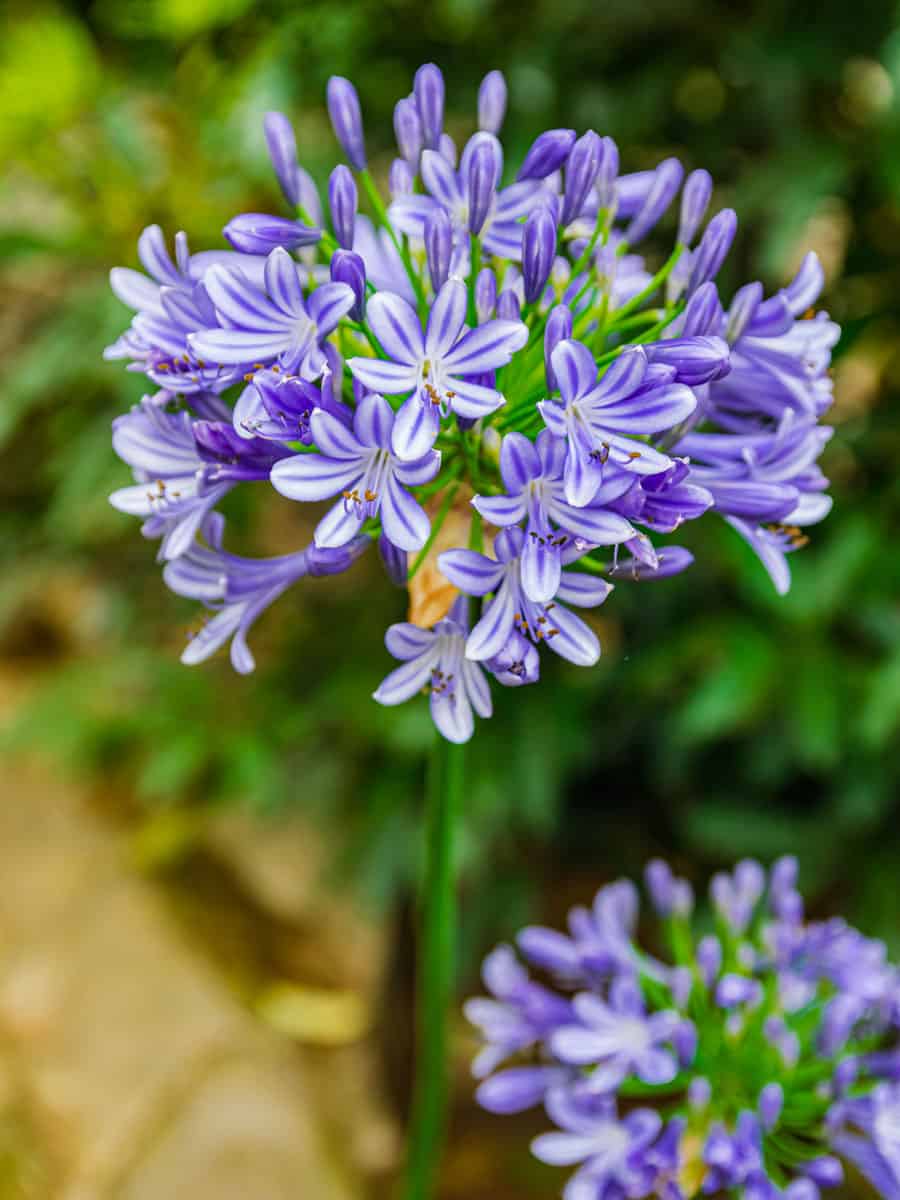
The lily of the Nile plant is best suited for USDA Hardiness Zones 8a through 11b. These beautiful perennials have glossy blue and green leaves with either blue, pink, or white flowers.
The flowers are great for attracting butterflies. You should take care when handling this plant! The sap of the lily of the Nile is slightly poisonous to humans.

Take a look at this live plant on Amazon!
4. Agave
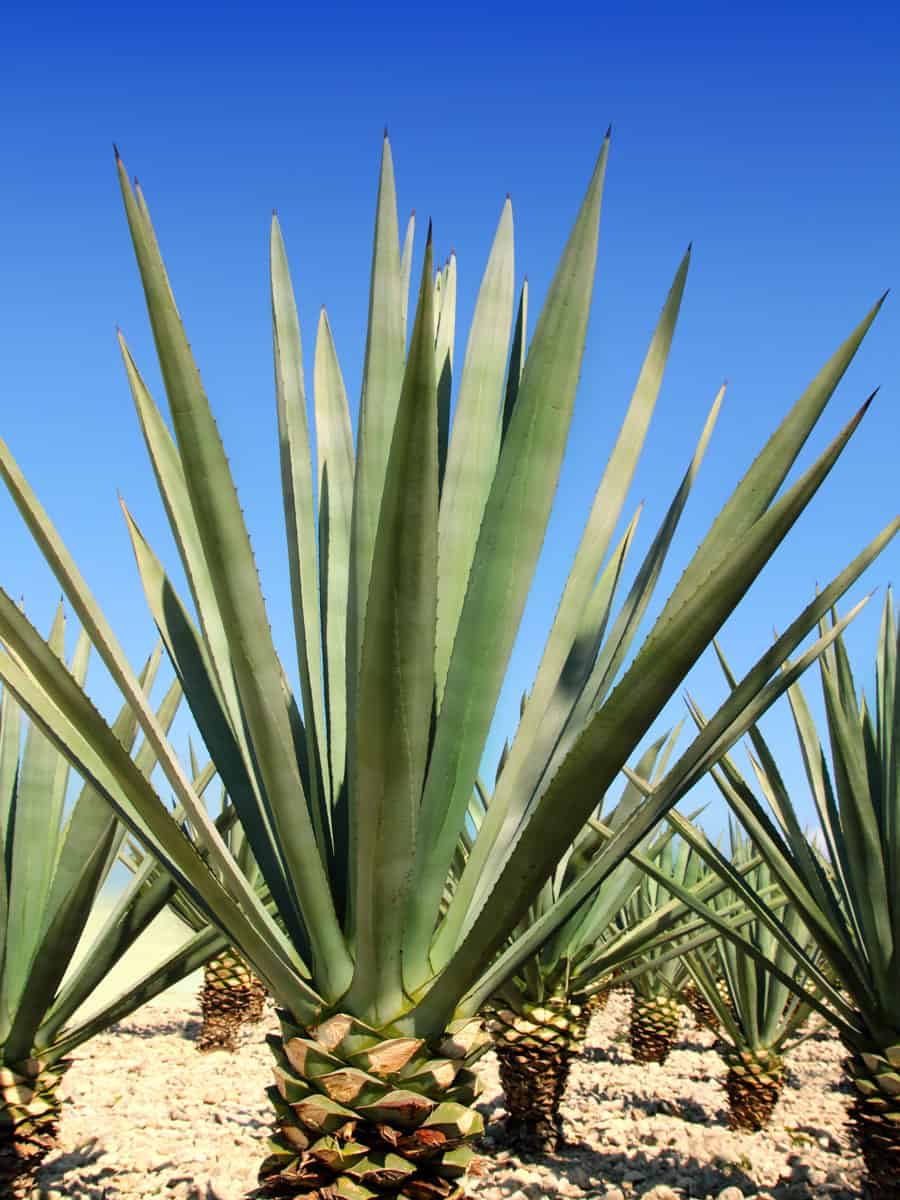
Agave plants are excellent for all warm-weather landscapes. Its fleshy, oblong, spatulate-shaped leaves can be blue, gold, gray, green, white, and variegated colored.
Agave plants are slow growers. They can typically reach between six and eight feet tall and 10 and 12 feet wide. While these plants typically only bloom once, the spiked flower is majestic. It can take up to 30 years to appear, but it can grow up to 40 feet high.
5. Elephant's Ear (Alocasia x 'Calidora')
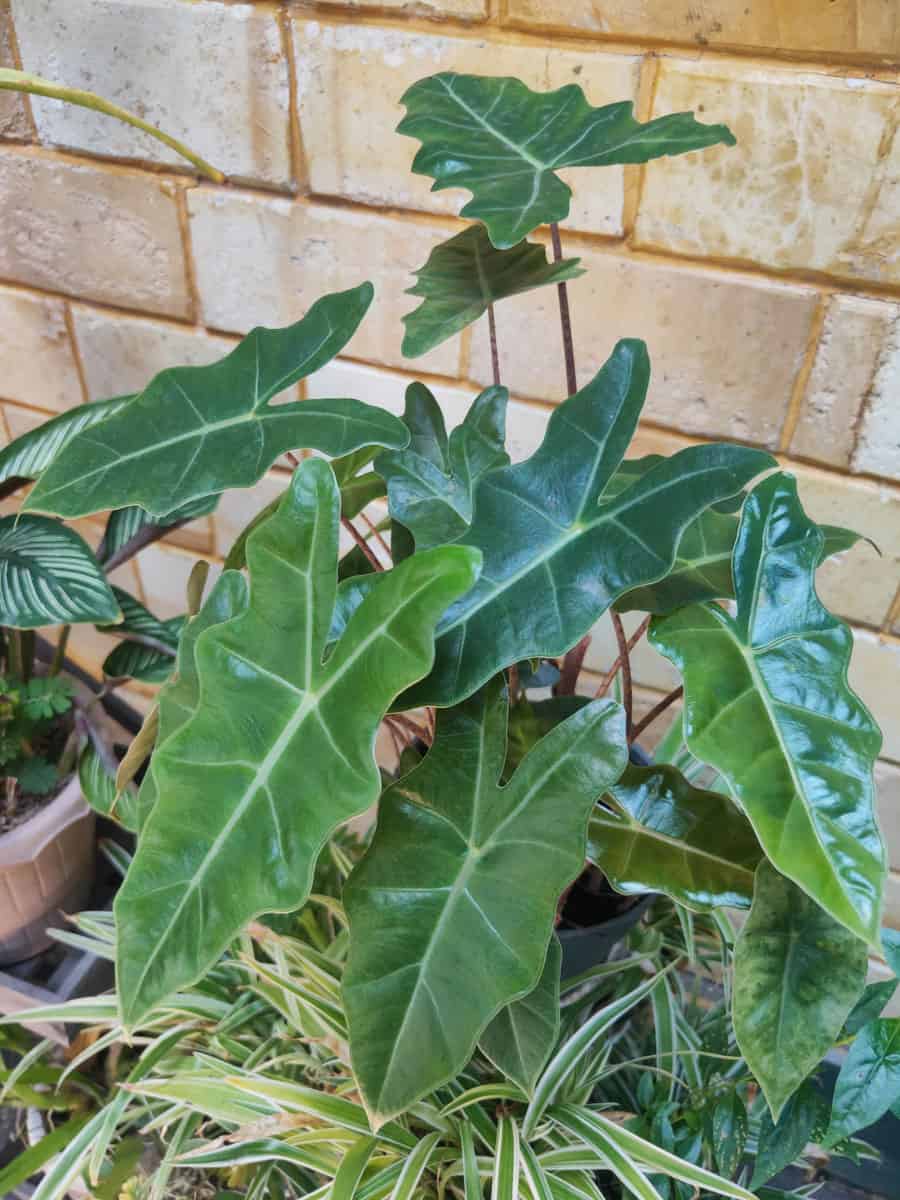
The Calidora cultivar of the elephant ear plant can grow up to five to nine feet tall. These plants do well in areas receiving full sun to consistent dappled sunlight. These plants don't flower. However, their leaves are green and showy. Its leaves are large and arrow shaped.
6. Aloe Vera
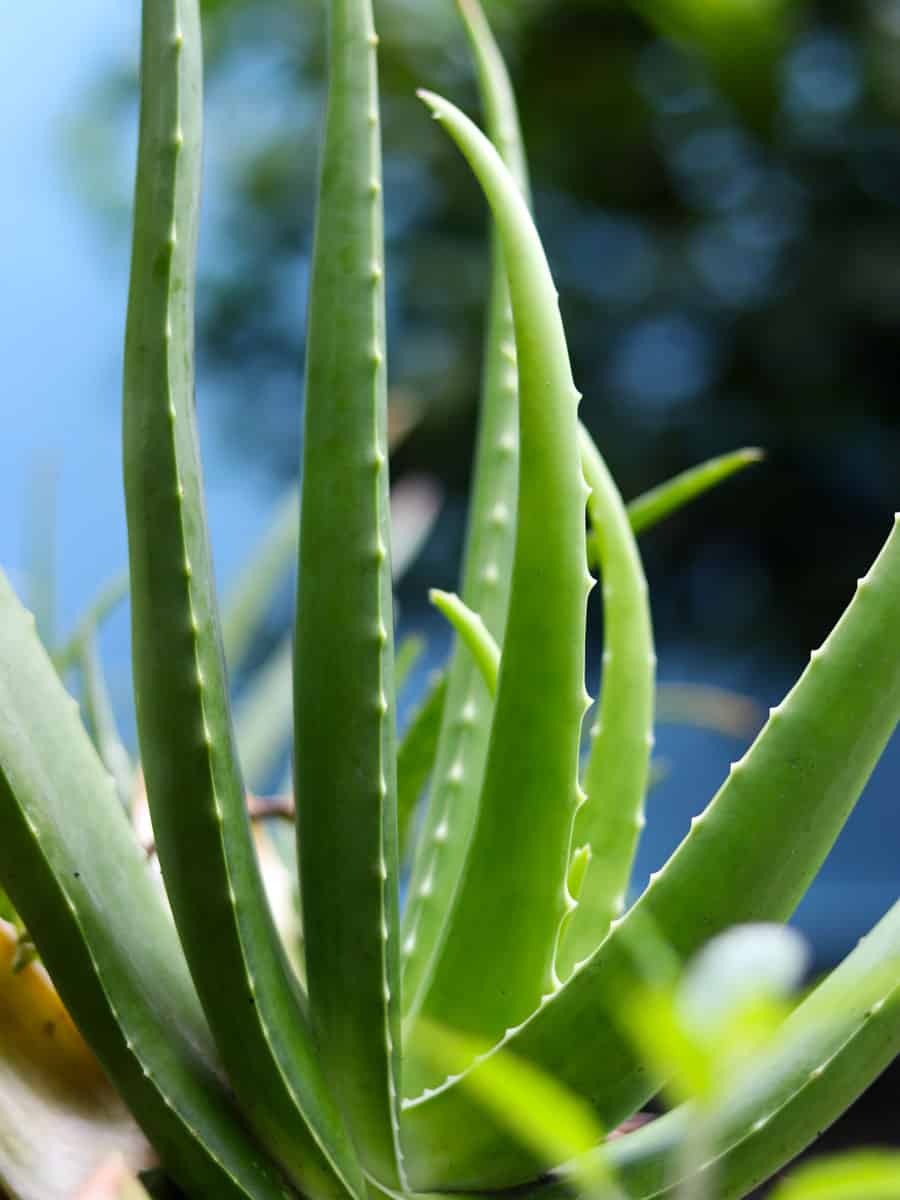
Aloe vera is a succulent frequently grown for the gel inside the leaves. This gel is used in foods, beverages, and medicinal purposes.
The leaves of aloe vera plants are fleshy and tend to be blue, gray, or green. At maturity, these plants also produce flowers! Unlike the agave plant, you can see aloe vera flowers multiple times throughout its lifespan. These flowers are grown in clusters that can reach up to three feet.

Check out this live plant on Amazon!
7. August Lily (Amaryllis belladonna)

August lilies are great for lining borders and mass plantings. They have a bulb life cycle, meaning they will die back into the ground before growing up.
These flowers will grow between two and three feet high. August lily blooms are fragrant, showy, and can be seen in the summer and fall. These plants are relatively hardy against deer, disease, drought, and rabbits. However, you should be wary if you have pets, as they are poisonous.
8. Windflower (Anemone)
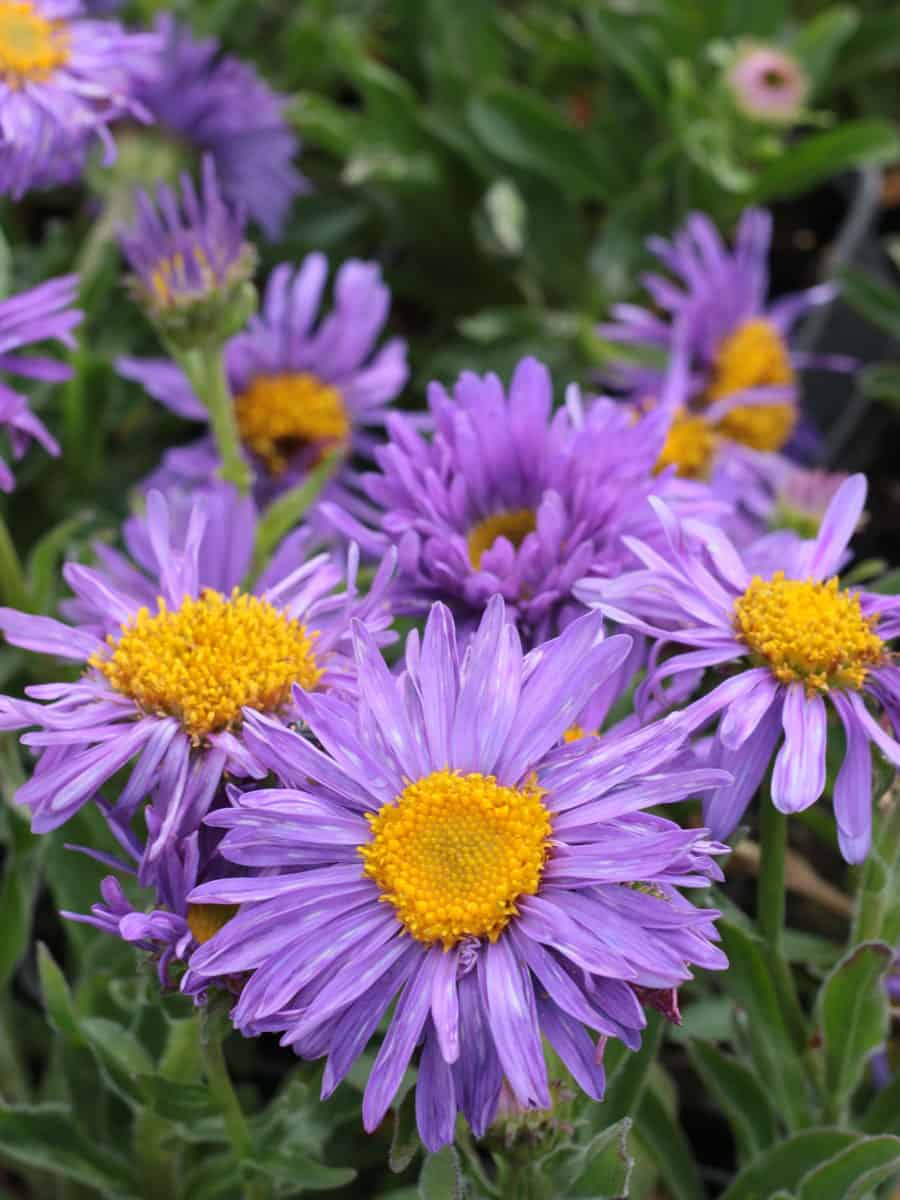
Windflowers are excellent for attracting bees and butterflies. These flowers come in a variety of colors. You can commonly find them in blue, yellow, pink, red, and white. However, this genus is comprised of around 200 different species. So, you can easily find them in colors to suit your landscaping needs.

Take a look at these live plants on Amazon!
9. Kangaroo Paw (Anigozanthos flavidus)

Kangaroo paws are perennials with an arching habit that can grow between three and six feet high. They do well in areas with loamy or sandy soil with good drainage. Kangaroo paws will bloom from spring until fall. These blooms can be seen in yellow, green, pink, and red, and they resemble kangaroo paws.
10. Spanish Dagger (Yucca aloifolia)
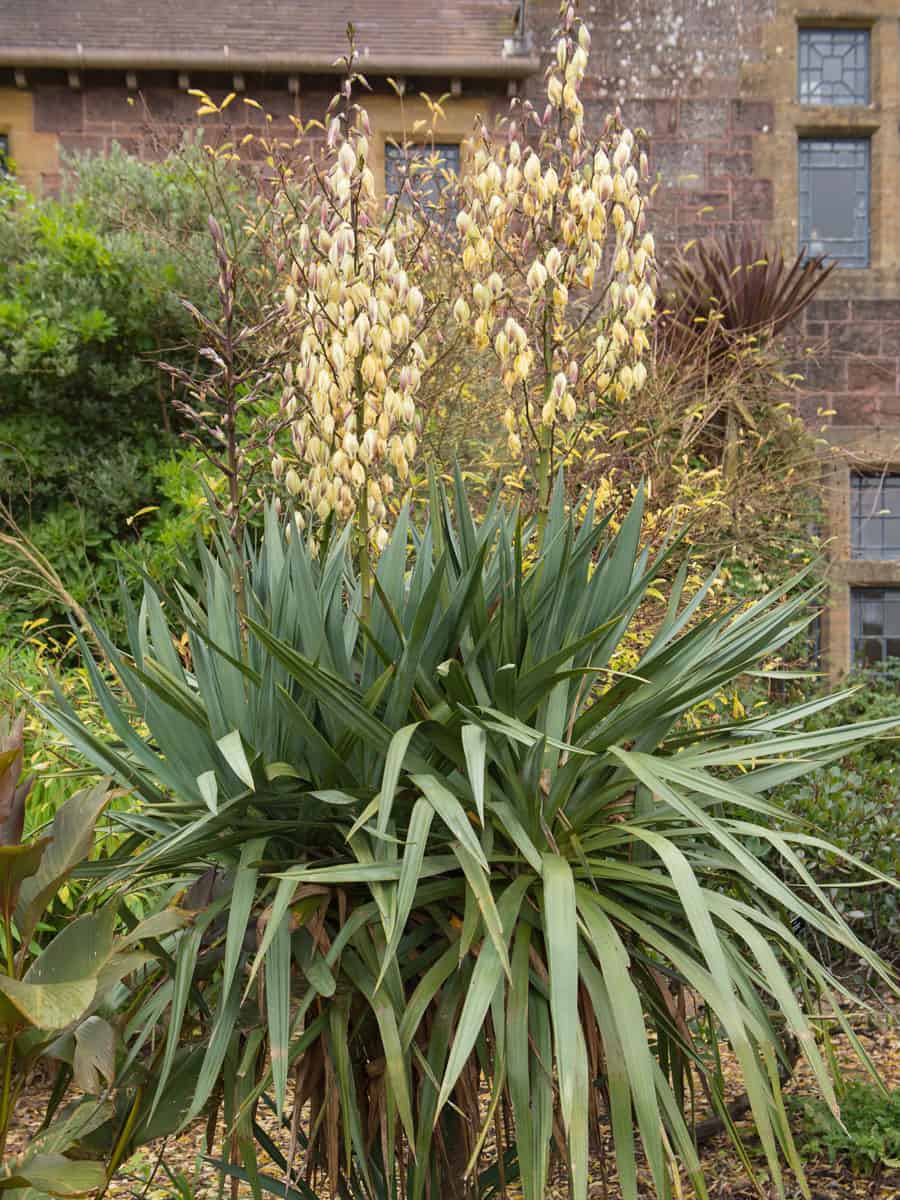
Spanish daggers can grow between 10 and 15 feet tall. These plants are great along garden borders and can provide privacy in your yard. These plants will bloom purple and white flowers that can be seen from June until July. Spanish daggers are great for attracting pollinators, small mammals, and songbirds.
11. Fairy Lily (Zephyranthes candida)

Fairy lilies are sometimes known as the autumn rain lily because the white flowers bloom after rainstorms in the fall and summer. These plants do well in areas with poor soil and are resistant to diseases and insects. You can use these flowers to define walkways and for mass plantings.
12. Wild Hyacinth (Triteleia laxa)
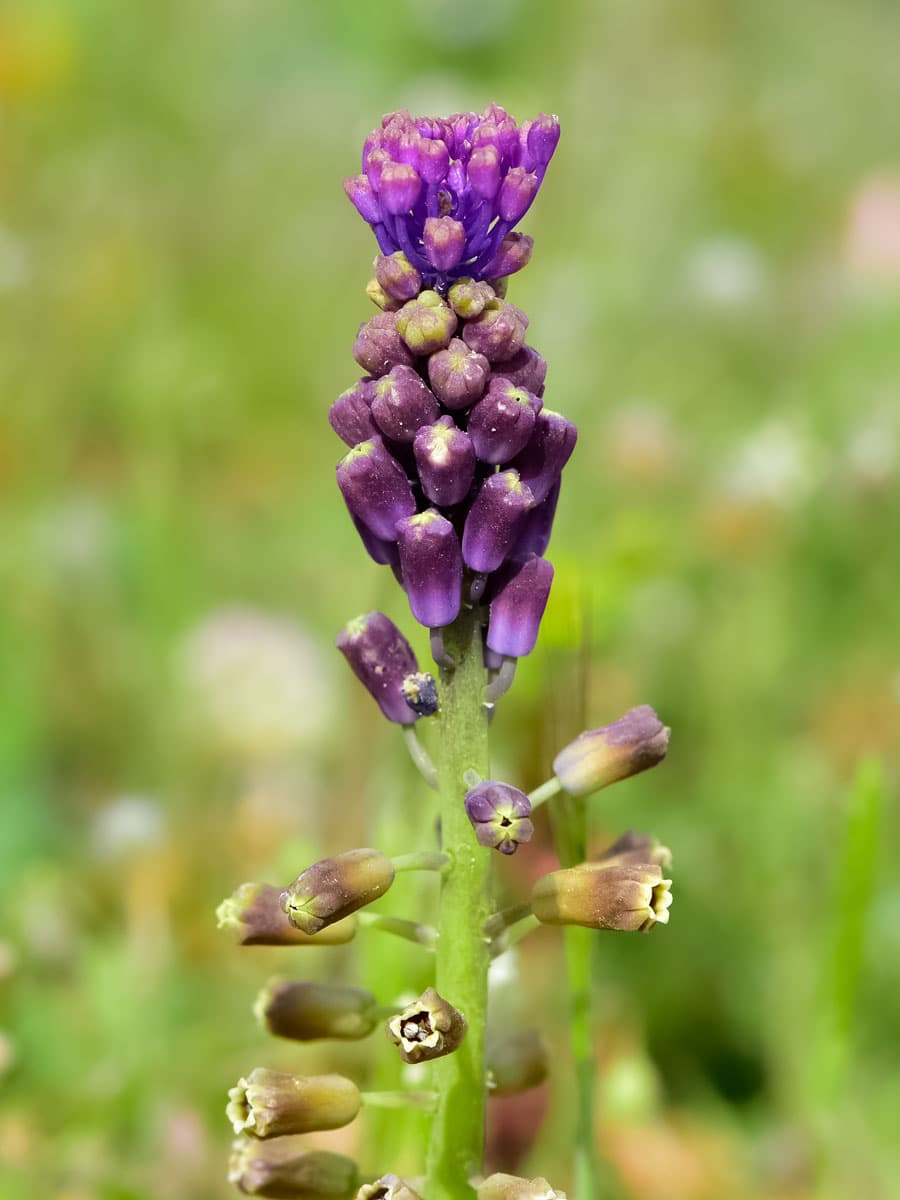
Wild hyacinth plants are low-maintenance perennials that produce beautiful flowers that are great for border designs. These flowers typically range in colors from purple to white. The blooms are showy and long lasting. You can usually see them in late spring to early summer.
13. Creeping Thyme (Thymus serpyllum)

Creeping thymes are low-growing evergreens that are commonly used as groundcover. They are low-maintenance plants that grow well in areas with full sun and in loamy, sandy, or shallow rocky soil.
The blue and green leaves are fragrant and glossy. They will turn brown in the fall and may die back for a brief time.

Check out these seeds on Amazon!
14. Thunbergia (Thunbergia alata)
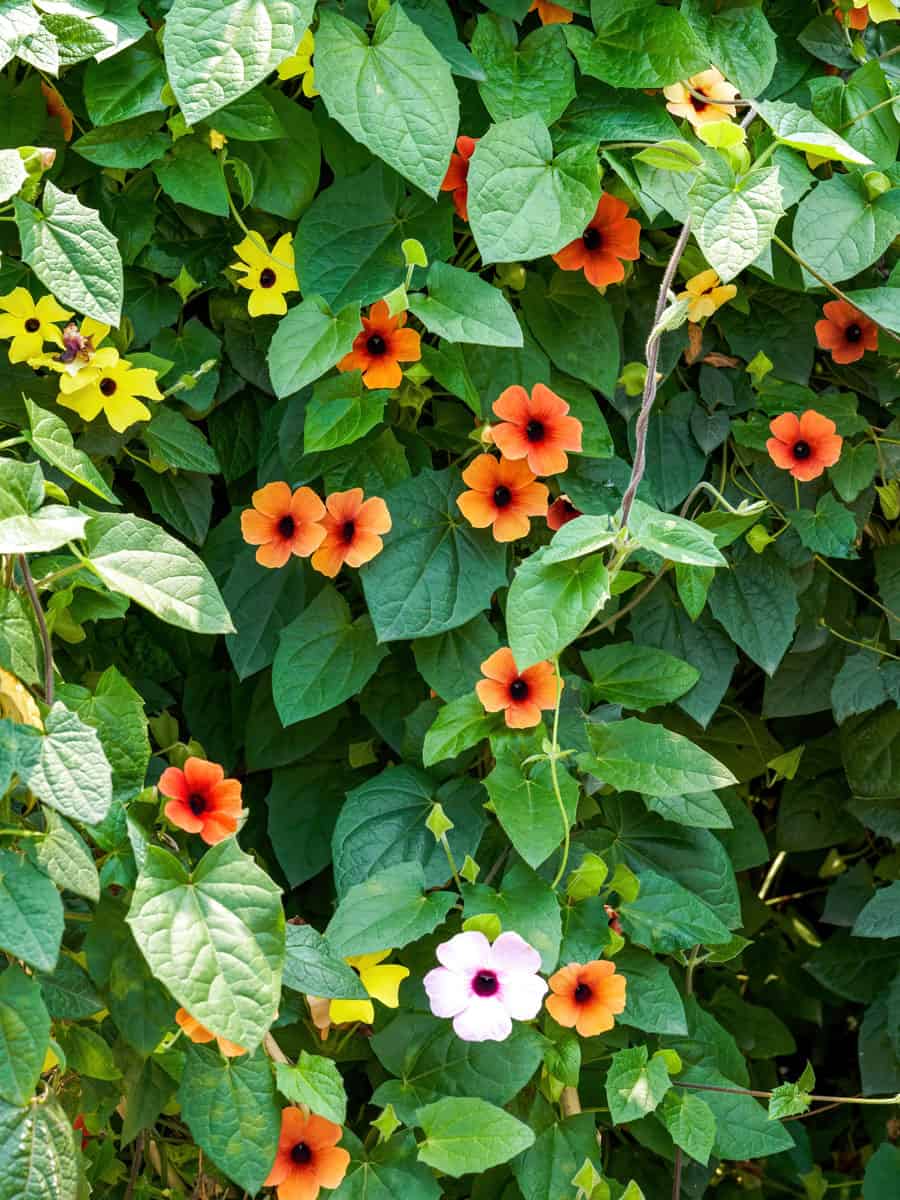
Thunbergia or black-eyed Susan vines can be grown as perennials but are better suited as annuals for most of the United States. These plants do best in areas with full sun. However, it's best to keep them protected from the afternoon heat.
These plants are twining vines and will climb up trellises or walls. You can use them along the sides of your house, to adorn archways, and can even use them to provide privacy.
15. Bog Sage (Salvia uliginosa)

Bog sage plants are sought out for their light blue flowers that bloom from spring until summer. The flowers are small and showy. The nectar is particularly good at attracting bees, butterflies, and hummingbirds.
You should try planting bog sage towards the back of your garden. They are rapid growers and will hold their shapes better if you support them with stakes or other plants.
Bog sage grows well in regular soil. However, it will thrive in consistently damp soil. You will need to watch its growth in wet soil, as it can spread fairly quickly.
16. Cork Oak (Quercus suber)

At maturity, the cork oak tree has spongy bark that is frequently used to make corks and other cork items. In addition, these trees are valuable sources of wildlife animals. Cork oaks support small mammals, moths, pollinators, butterflies, and songbirds throughout the year.
The cork oak tree is an excellent option for a shade tree in the Tuscan landscaping theme. They are fairly slow growing and can take around 30 years to fully mature. At full size, these trees are usually between 40 and 70 feet tall.
17. Bamboo Palm (Raphis excelsa)
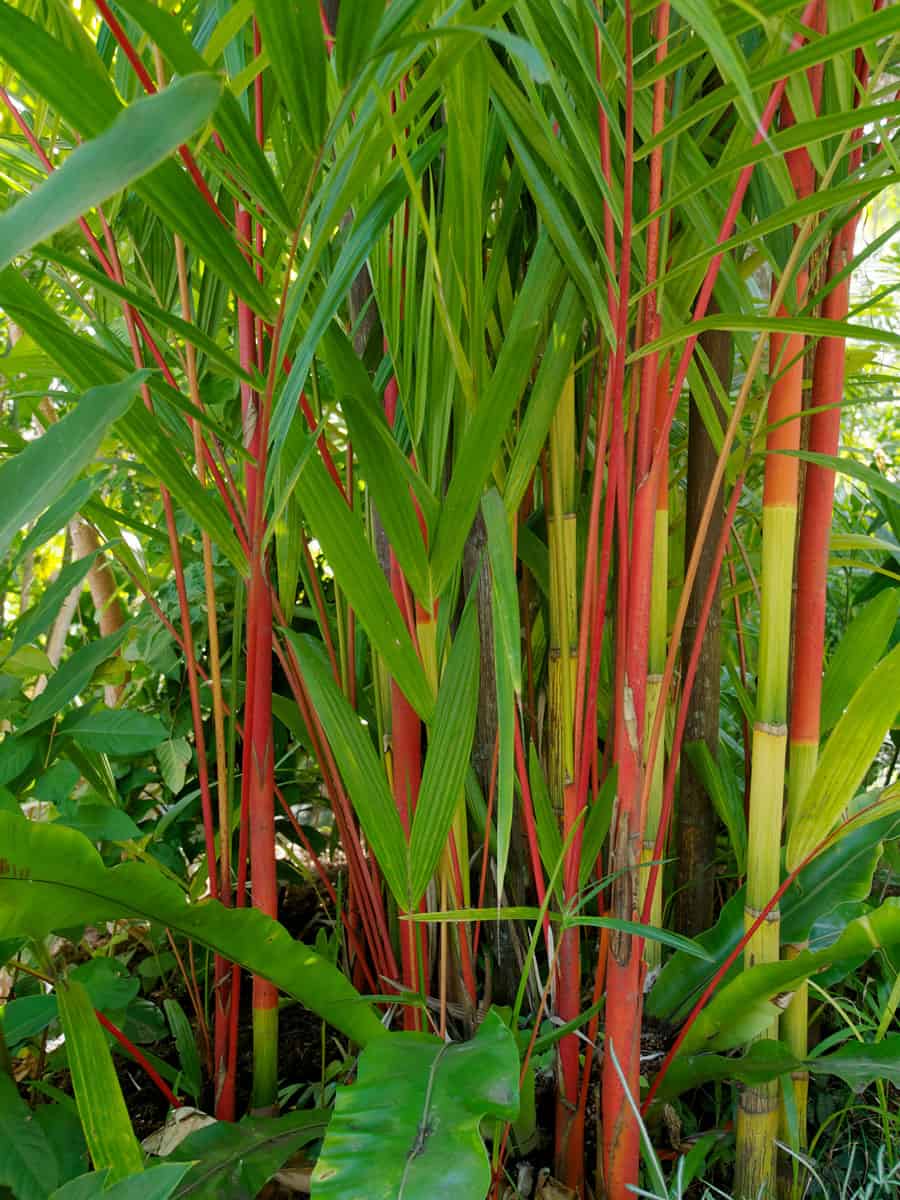
Bamboo palms are great to use as a hedge in USDA Hardiness Zones 9a through 11b. They prefer areas that receive consistent dappled light or with partial sun. At maturity, the bamboo palm can grow between six and 15 feet tall and wide.
In the spring, bamboo palms produce yellow flowers. However, they aren't considered horticulturally important. After the flowers bloom, these plants typically produce fleshy, white fruits. While these plants may produce multiple fruits, typically, only one will reach maturity.

Check out this live plant on Amazon!
18. Mockorange (Pittosporum tobira)
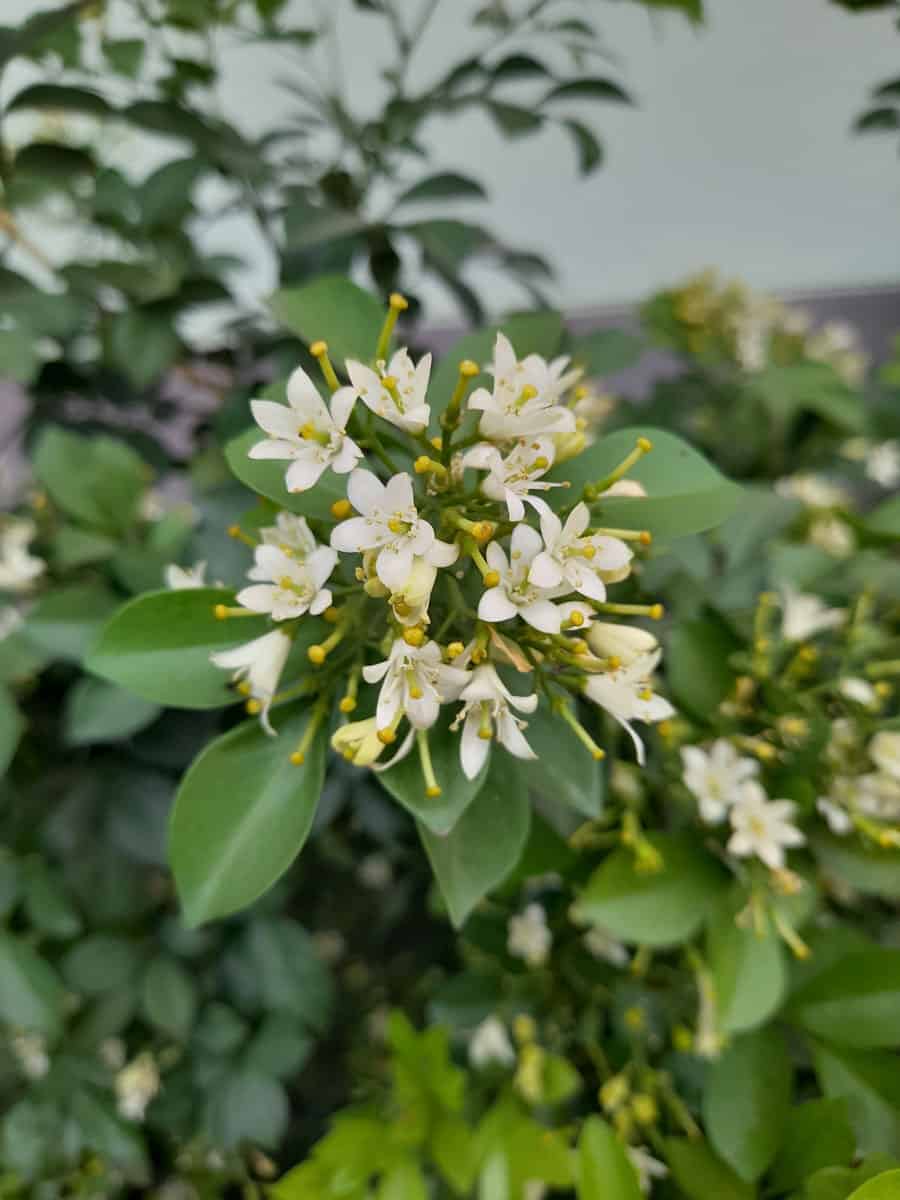
The mockorange, or Australian laurel, is a fast-growing shrub best suited for USDA Zones 8a through 10b. These plants grow rapidly and are great for foundation planting, hedges, screens, and as accent plants.
At maturity, mockorange plants will be between eight and 13 feet tall. They produce flowers that are cream or white. They are showy, fragrant, and can typically be seen from April until May.
19. Passion Flower (Passiflora caerulea)
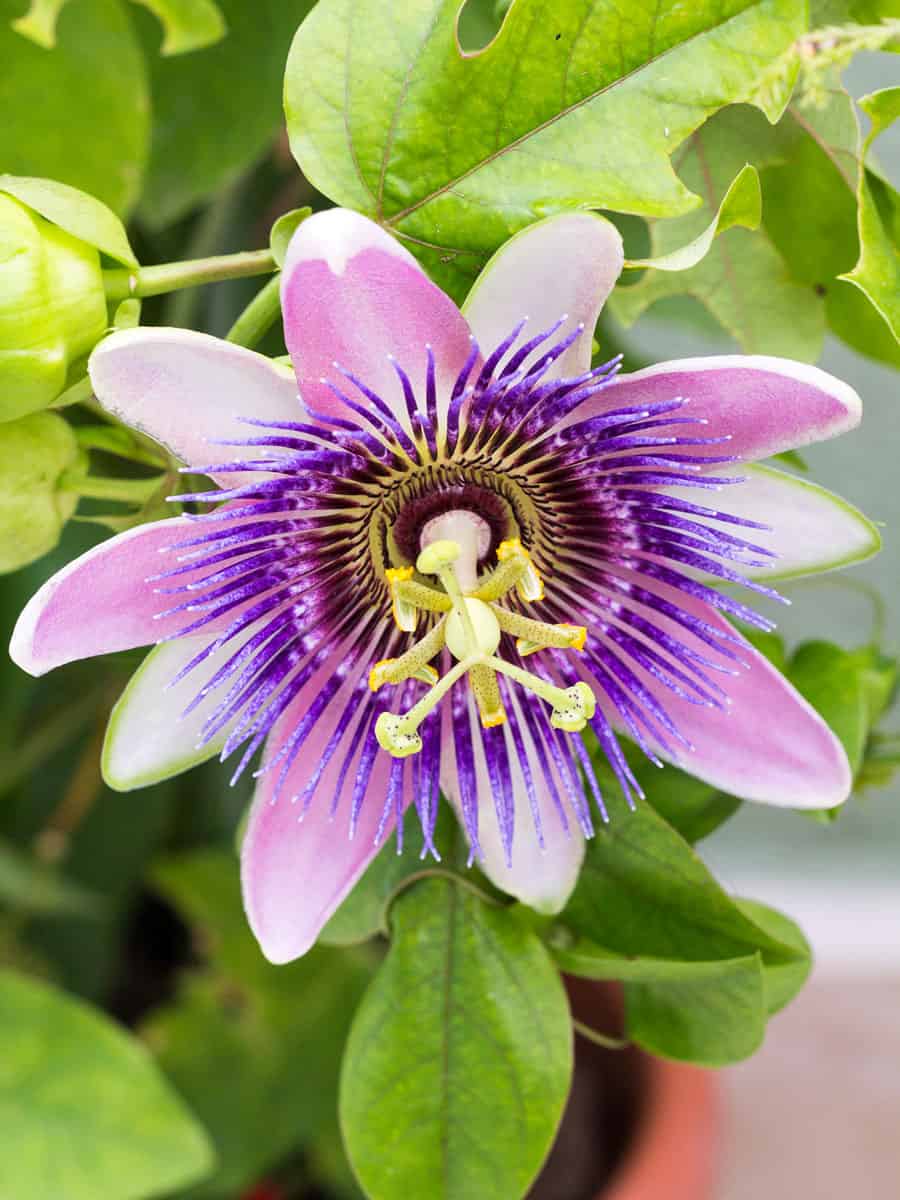
Passion flowers are vining perennials that can grow over 40 feet high. These plants are rapid growers and do well in areas with full sun to partial shade. Passion flowers are great choices to plant near trellises and archways.
These vines produce flowers and fruit. Both can typically be seen in the fall and summer. The flowers are seen from early summer to early fall. They are saucer shaped and are commonly found in blue, pink, and white colors. Tall passion flowers will bear edible, showy fruit from late summer to late fall.
In Closing
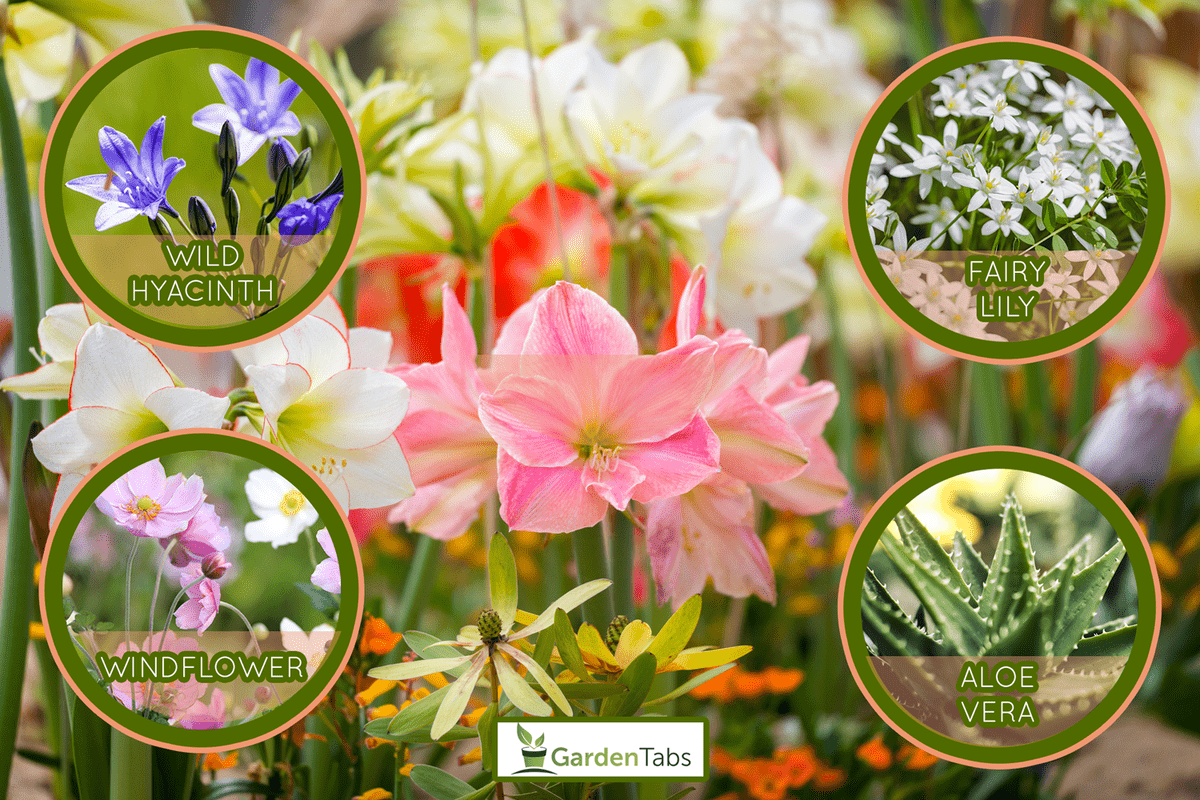
Tuscan landscaping is all about warm earth tones, bold flowers, and fabulous stonework floors and walls. Be careful to select plants that will do well in your climate zone, as many plants native to the Mediterranean area are intolerant of cool weather.
Take a look at these amazing garden ideas:
13 Simple Garden Ideas To Inspire You
Concrete and Cement Garden Edging [Tips, How-To Guide & Pictures]
